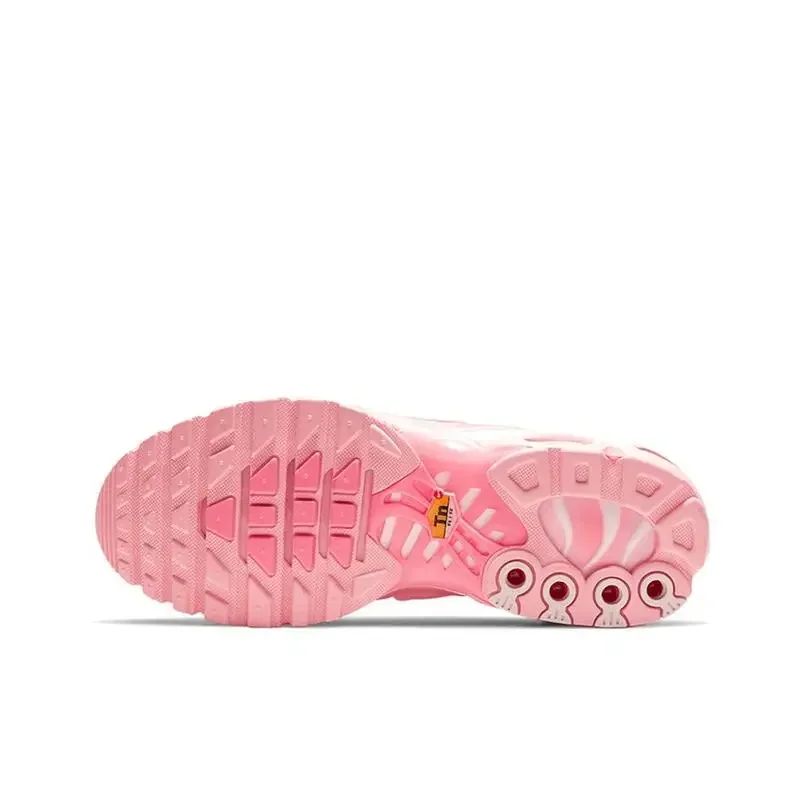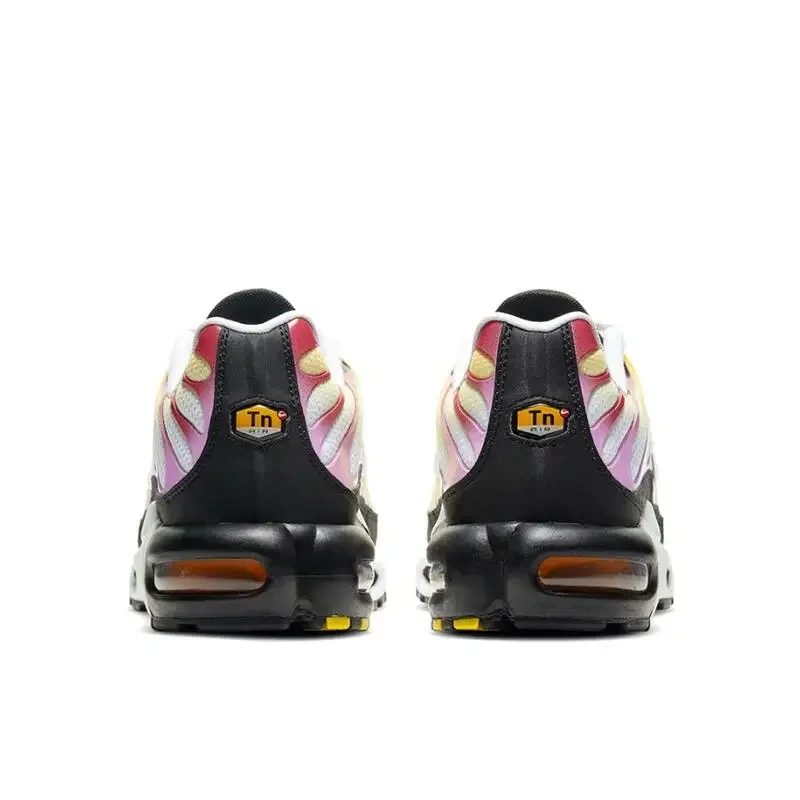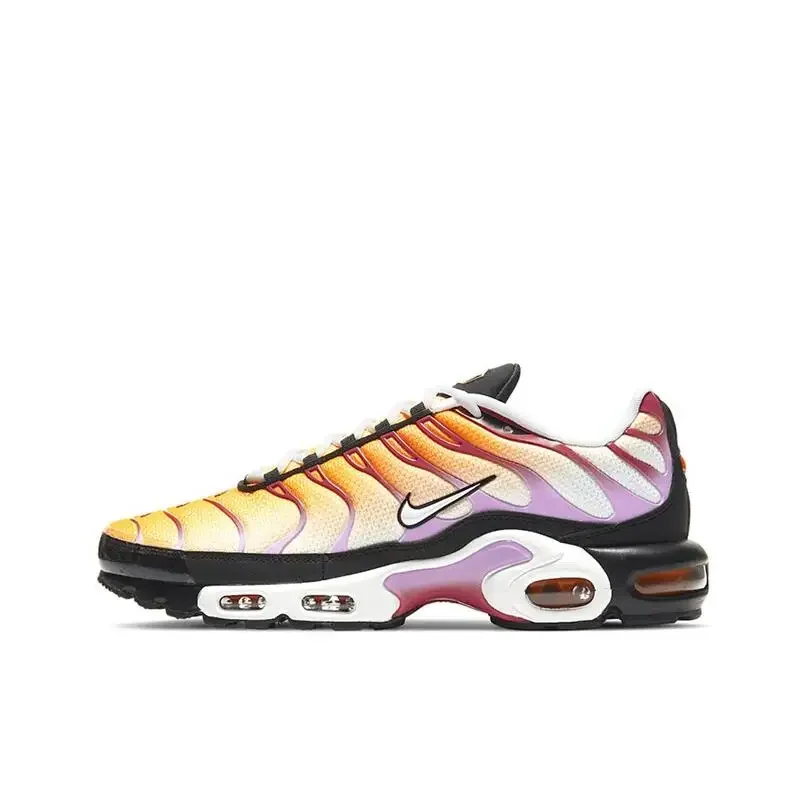What Are Flat Feet and How Do They Affect Running?
Flat feet refers to a foot arch that sits low to the ground. People with flat feet have a fallen arch or no arch at all. This condition can create challenges for runners. When you run, your feet absorb the impact of hitting the ground. Without a proper arch, this impact may not distribute evenly. It can cause pain, overpronation, and lead to injuries.

Runners with flat feet often feel discomfort along the inside of the ankle or arch. Some experience swelling in the bottom of the feet. Over time, the stress from running might lead to complications. These can include plantar fasciitis, shin splints, or tendonitis. Hence, choosing the right running shoes for flat feet is vital.
Proper footwear helps correct foot motion, provide support, and increase comfort. With the right shoes, flat-footed runners can improve performance and reduce injury risk. Remember, the absence of an arch does not mean an end to your running dreams. It means paying extra attention to your running shoes choices.
The Importance of Proper Footwear for Flat-Footed Runners
Choosing the right footwear is crucial for runners with flat feet. Proper shoes provide much-needed arch support. They help distribute impact forces more evenly across the foot. This reduces the risk of running-related injuries. With flat feet, the absence of a natural arch can contribute to overpronation. This is when the foot rolls inward excessively upon landing. Overpronation can lead to additional stress on the ankles, shins, and knees. Quality running shoes for flat feet are designed to combat this.
Good footwear also enhances comfort during runs. It can prevent pain in the feet and lower limbs. Besides injury prevention, the correct shoes can also improve a runner’s gait. This results in better running efficiency. Ultimately, this means performance gains and a more enjoyable running experience. In the long term, wearing well-fitted running shoes can help manage or even prevent chronic issues. Conditions like plantar fasciitis and tendonitis often plague flat-footed runners. With the appropriate shoes, these conditions become less of a threat. Remember, your choice in running shoes is not just about comfort. It’s a decision that impacts your entire running journey.
Key Features to Look for in Running Shoes for Flat Feet
When selecting running shoes for flat feet, consider key features that provide comfort and prevent injury.
Stability and Support
Choose shoes with built-in stability. This helps control overpronation, a common issue for flat-footed runners. A stable base minimizes ankle rollover risks and enhances your running form. Look for shoes with a sturdy heel counter and supportive shoe design.
Arch Support
Arch support is critical for those with flat feet. It compensates for the lack of a natural arch. Aim for shoes with a structured arch area. This provides the necessary lift and distributes pressure evenly across the foot. Ensure the arch support feels snug but not too tight.
Cushioning
Proper cushioning absorbs shock and reduces stress on the feet and legs. Go for shoes with ample midsole padding. The cushioning should be responsive, returning energy to your stride. This also helps in reducing fatigue during long runs. Remember, too much cushioning can lessen stability, so balance is key.
The Top Running Shoe Brands for Flat Feet
Finding the right brand can make a huge difference for runners with flat feet. Here are some top choices that offer great options for stability, support, and cushioning. They are known for their quality and have positive reviews from flat-footed runners.

ASICS
ASICS stands out with their GEL technology. It provides exceptional shock absorption. This is vital for flat feet that need extra protection. Their shoes often feature a supportive midsole. Such design aids in preventing overpronation.
Brooks
Brooks is renowned for their focus on running shoes. They offer models with GuideRails support. These keep your stride in check. Runners with flat feet benefit from Brooks’ balanced cushioning too.
New Balance
New Balance provides shoes with good arch support. Their shoes adapt well to flat feet, offering both stability and cushioning. With a wide range of sizes, they cater to many foot shapes.
Nike
Nike’s running shoes for flat feet come with innovative support. Their Flywire cables provide a locked-down fit. They also use air cushioning that responds to your stride.
Saucony
Saucony is known for their comfortable and durable running shoes. They add stability in the midsole, which helps flat-footed runners maintain a correct gait.
Mizuno
Mizuno uses Wave technology to distribute impact. This is beneficial for runners with flat feet who need even force distribution.
Adidas
Adidas offers responsive cushioning systems. These are great for energy return. Their shoes support natural foot movement, which is helpful for those without a strong arch.
Each brand brings something unique to the table. It’s important to try several models to see which one fits you best. Pay attention to how your feet feel during and after a run. This will guide you to the right pair of running shoes for flat feet.
How to Properly Fit Running Shoes for Flat Feet
Finding the perfect fit for running shoes is essential for comfort and injury prevention, especially for flat-footed runners. An incorrect fit can worsen your flat feet problems and may lead to pain or injury during your runs. Below, we’ll go through the steps to ensure you select a running shoe that fits you well.
Understanding Your Foot Type
Before trying on any running shoes, you must understand your foot type. People with flat feet tend to have a wider foot shape and need shoes that accommodate this. Also, examine if your flat feet are flexible or rigid, as this affects your choice of shoes. Your ideal shoe should match your foot shape and provide the right amount of support specifically for flat feet.
The Right Way to Test Running Shoes
When testing running shoes for flat feet, don’t just walk around the store. Run in them if possible. See if the store has a treadmill or allow you to take a brief jog nearby. Your foot expands when running, so test shoes later in the day when your feet are at their largest. Always wear the socks you plan to run in. While testing, check for:
- Enough width – ensure no pinching
- Adequate length – a thumb’s width space at the end is ideal
- Good support – especially around the arch and heel
- Comfortable cushioning – but not so much it reduces stability
By taking into account your foot type and properly testing running shoes, you’ll increase your chances of finding a pair that suits your flat feet and supports your running endeavors.

Common Mistakes Flat-Footed Runners Make When Choosing Shoes
Choosing the right pair of running shoes is crucial for flat-footed runners. However, many make mistakes that can lead to discomfort or injury. Here are common errors to avoid.
Opting for Style Over Function
Many runners prioritize shoe appearance over function. If you have flat feet, focus on support and stability before style.
Neglecting Proper Fit
Some runners do not check for a proper fit. Ensure there is enough room for toes and no heel slippage occurs.
Ignoring Specific Features for Flat Feet
Selecting general sports shoes instead of ones tailored for flat feet is a mistake. Look for necessary features like arch support and stability.
Choosing Shoes Based on Price Alone
Lower-priced shoes may not provide the support flat feet need. Invest in quality over the price tag.
Not Replacing Shoes on Time
Wearing old shoes that have lost their support can harm flat-footed runners. Replace running shoes regularly, depending on your usage and mileage.
By avoiding these common mistakes, you can find a supportive pair of running shoes for flat feet that enhances your running experience.
Tips for Maintaining Your Running Shoes and Foot Health
Maintaining your running shoes and foot health is critical for flat-footed runners. Follow these simple tips to extend the life of your shoes and keep your feet in good condition.
Rotate Your Running Shoes
Use two pairs of running shoes and alternate them. This allows each pair to air out and the cushioning to bounce back between runs.
Keep Them Dry and Clean
Always dry your running shoes if they get wet. Remove dirt with a soft brush or cloth after every run. Avoid machine washing as it can damage the shoe’s structure.
Replace Shoes Regularly
Monitor your shoe’s condition. Flat-footed runners may flatten their shoe’s support faster. Replace shoes every 300 to 500 miles to ensure proper support.
Foot Strengthening Exercises
Strengthen your feet with exercises. Heel raises and toe curls can improve foot health. Strong feet help in reducing flat feet related pains.
Proper Storage
Store your running shoes in a cool, dry place. Do not expose them to extreme temperatures as this can affect their materials.
Use the Right Socks
Pair your running shoes with moisture-wicking socks. They help prevent blisters and keep feet dry. Good socks also provide an extra layer of cushioning.
Regular Check-Ups
Visit a podiatrist regularly. They can monitor your flat feet and suggest exercises or orthotics if needed. Catching issues early can save you from pain.
By following these tips, your running shoes for flat feet and your foot health will remain in top form. This will contribute to a smoother and more enjoyable running experience.
Success Stories: Flat Feet Runners Who Found Their Perfect Shoes
Finding the right running shoes for flat feet can be transformative. Many runners with flat feet have shared success stories that highlight the benefits of proper footwear. Let’s discuss a few examples.
One runner struggled with foot pain and shin splints. They switched to a pair of ASICS with GEL technology. This change provided the shock absorption their flat feet needed. As a result, they saw a notable decrease in discomfort during runs.
Another success story comes from a runner using Brooks shoes with GuideRails support. They found that these shoes kept their stride in line and reduced the strain on their knees. This allowed them to train harder and improve their running times.
A New Balance fan had issues with overpronation and arch pain. After selecting a pair with good arch support and cushioning, their running experience changed for the better. They could run longer distances without any pain.
Many runners credit Nike shoes for their snug fit and responsive cushioning. One runner with flat feet shared how Nike’s Flywire cables gave them a locked-down fit. This prevented their feet from sliding around, making their runs much more comfortable.
Saucony’s midsole stability turned out to be a game-changer for a runner with a naturally incorrect gait. The added support helped them maintain correct foot alignment.
Mizuno’s Wave technology helped another flat-footed runner distribute impact forces evenly. This reduced the pressure on any single point of their foot.
Lastly, an Adidas user enjoyed the responsive cushioning system. It provided the energy return they needed to stay brisk throughout their runs.